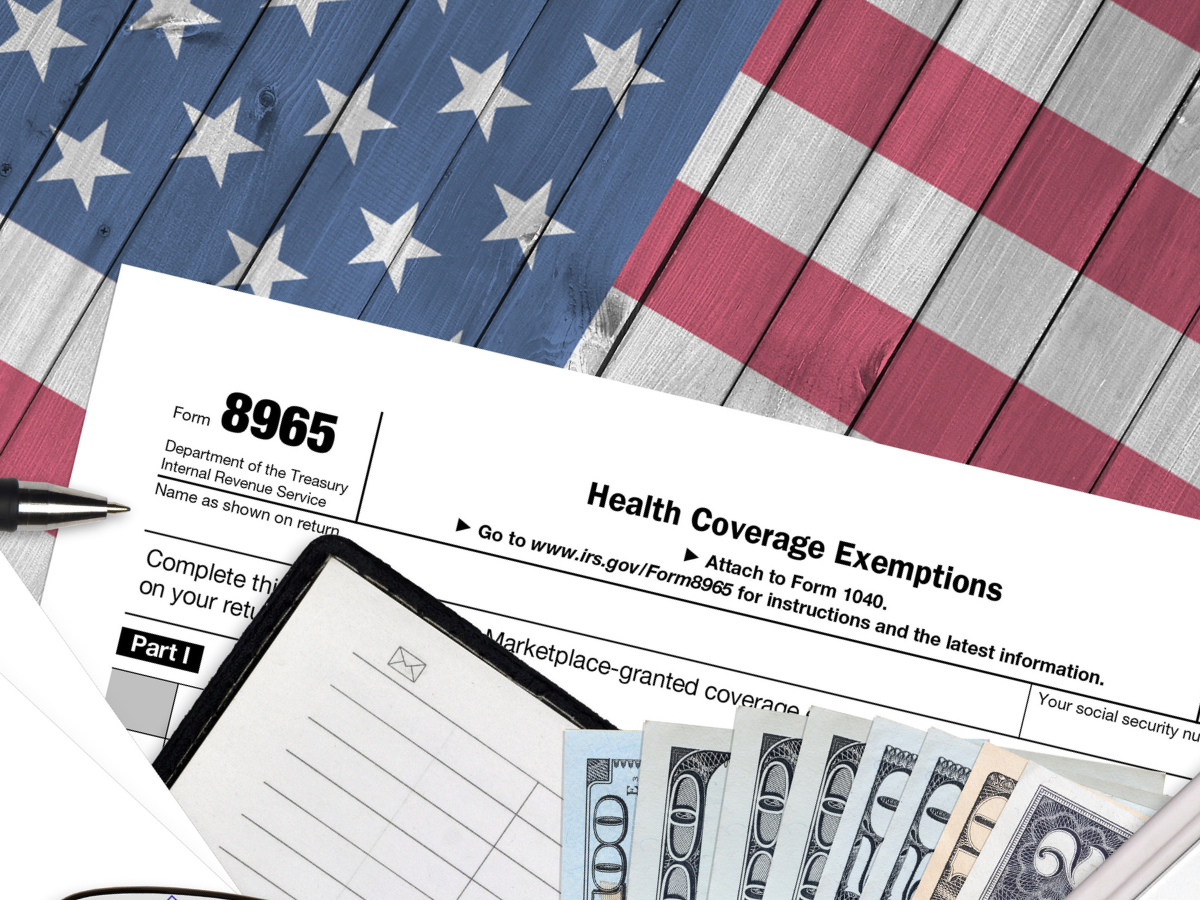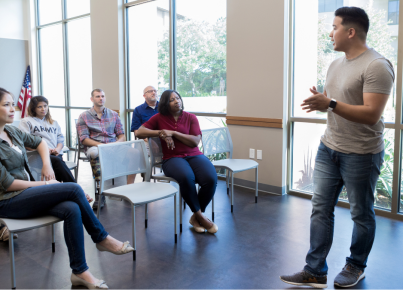American Indian and Alaska Native veterans constitute a significant proportion of the United States veteran population. These veterans have bravely served their country and have access to special benefits and exemptions designed to support them in their post-military lives. One such benefit comes in the form of health care exempt from copayment.
Definition of Copayment
Exempt from copayment is a standard fee that individuals must pay when receiving medical care or prescription medications. Copayments are designed to share the cost of health care between the patient and their insurance provider. Under certain circumstances, eligible individuals can waive or reduce their copayment fees.
Copayment Exemptions for American Indian and Alaska Native Veterans
American Indian and Alaska Native veterans have access to copayment exemptions when receiving care from the Department of Veterans Affairs (VA). This exemption ensures that veterans do not face financial barriers to accessing necessary medical care.
Eligibility Criteria
Veterans must meet specific eligibility criteria to qualify for the copayment exemption. These include:
- Officially recognized as having American Indian or Alaska Native heritage
- Being honorably discharged from active military service
- Fulfilling the necessary income and service-related evaluations conducted by the VA
Process of Accessing Copayment Exemptions
The process of accessing copayment exemptions for American Indian and Alaska Native veterans involves several steps:
- Register with the VA: Eligible veterans must register with the VA to start accessing their copayment exemption and other available benefits. This involves submitting the required documentation including the veteran’s discharge papers and proof of American Indian or Alaska Native heritage.
- Complete a “VA Form 10-10EZ”: This form, titled “Application for Health Benefits,” provides the VA with essential information about the veteran’s health, income, and family situation. The form can be completed online through the eBenefits portal, downloaded and mailed to the local VA healthcare facility, or submitted in person.
- Provide proof of American Indian or Alaska Native heritage: Proof is required to determine eligibility for copayment exemptions. This may include documentation from federally recognized tribes or other official records.
- Receive a VA Health Benefits Handbook: After registration and validation of eligibility, the veteran will receive a VA Health Benefits Handbook that details their available benefits, including the copayment exemption.
- Use of VA facilities for care: To make use of the copayment exemption, veterans must receive care from VA facilities or approved non-VA healthcare providers through the Community Care Network.
Accessing Copayment Exemption Benefits for Non-VA Medical Care
In certain circumstances, American Indian and Alaska Native veterans may need access to medical care that is not available at a VA facility. In such cases, they can still benefit from copayment exemptions if their care is preauthorized by the VA through the Community Care Network (CCN) or the VA MISSION Act. This allows veterans to obtain essential medical care from non-VA providers without incurring copayment costs. To access this, veterans need to consult with their VA healthcare team to identify the appropriate non-VA facility and obtain the necessary authorization. Once approved, these veterans can seamlessly access external healthcare services without worrying about copayment expenses. By incorporating these additional care options, the copayment exemption program truly caters to the specific healthcare needs of American Indian and Alaska Native veterans, ensuring they receive the best possible assistance and support throughout their post-military lives.
Cultural Consideration and Support Services for American Indian and Alaska Native Veterans
Recognizing the unique cultural backgrounds and traditions of American Indian and Alaska Native veterans, the VA also offers support services designed to cater to their specific needs. The VA works closely with Tribal Health Programs and Urban Indian Health Programs to provide culturally appropriate care that respects the beliefs and customs of these veterans. This includes having dedicated tribal liaisons and points of contact at VA facilities, facilitating access to traditional healing practices, and promoting cultural competence among VA staff members.
Furthermore, many VA facilities also offer specialized programs and events celebrating the cultural heritage of American Indian and Alaska Native veterans, building a sense of community and promoting mutual understanding between healthcare providers and these veterans. Initiatives such as these ensure that the healthcare experience for American Indian and Alaska Native veterans goes beyond just addressing their physical ailments – it also addresses their emotional, spiritual, and cultural well-being. By providing services that respect and value the customs and traditions of these communities, the VA is demonstrating its commitment to delivering a holistic and inclusive healthcare experience for all veterans, regardless of their backgrounds.
American Indian and Alaska Native veterans have access to valuable exempt from copayment that ensures they do not face financial barriers when seeking medical care. Understanding and taking advantage of these benefits is essential for these veterans to maintain their health and well-being. Eligible veterans must register with the VA, complete the necessary applications, and make use of VA healthcare facilities to get the most out of the support and resources available to them.
In addition to being exempt from copayment, there are many other resources and support services available for American Indian and Alaska Native veterans. These include housing assistance, education benefits, and access to other cultural and community resources. By understanding and utilizing these resources, veterans in these communities can successfully transition into civilian life and overcome their unique challenges.







You must be logged in to post a comment.